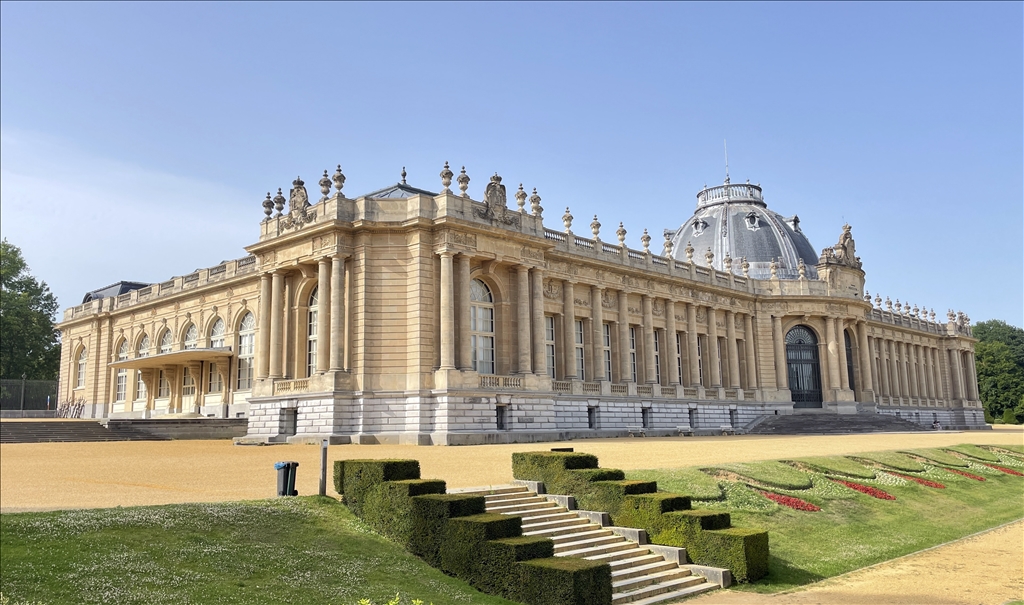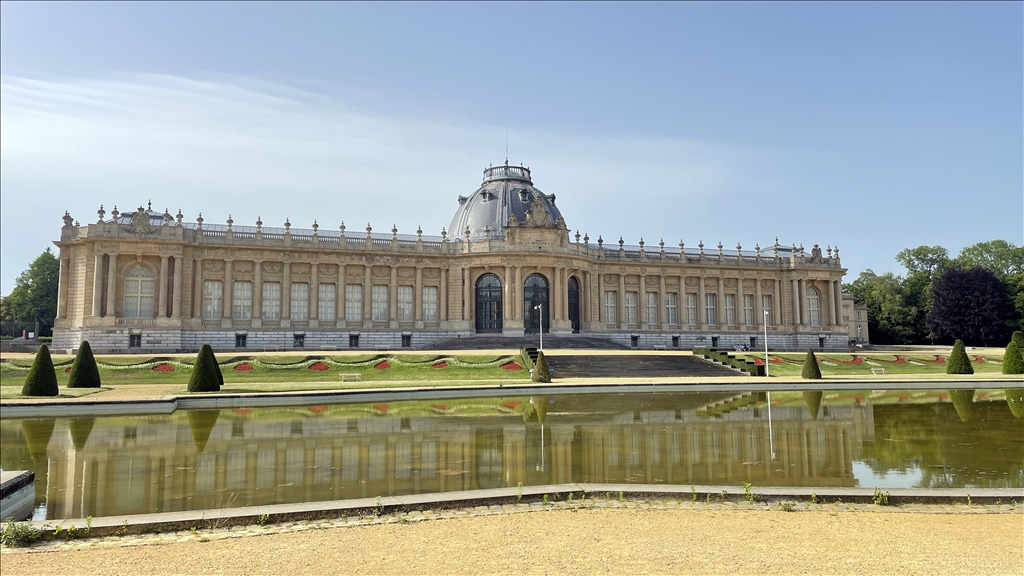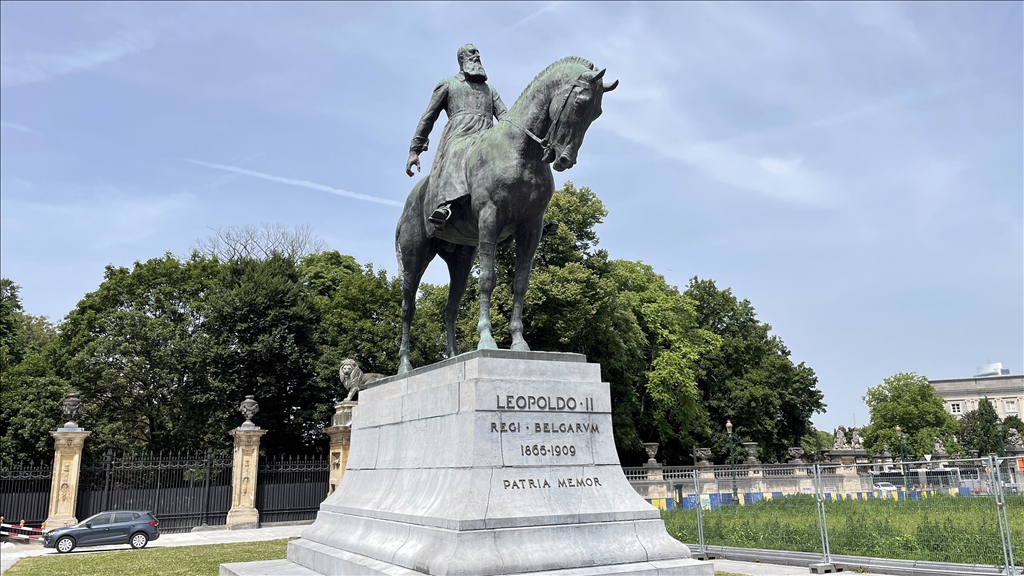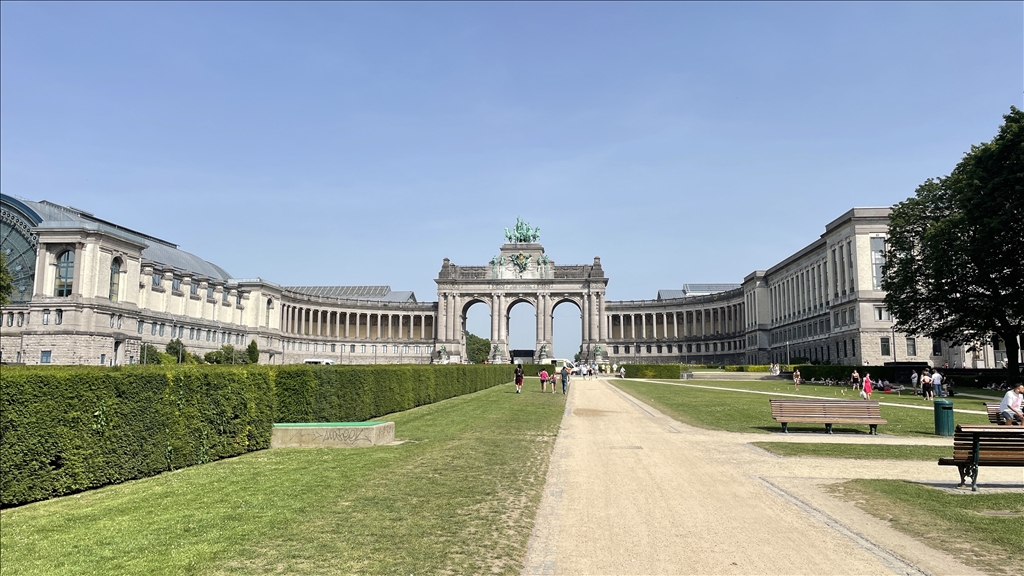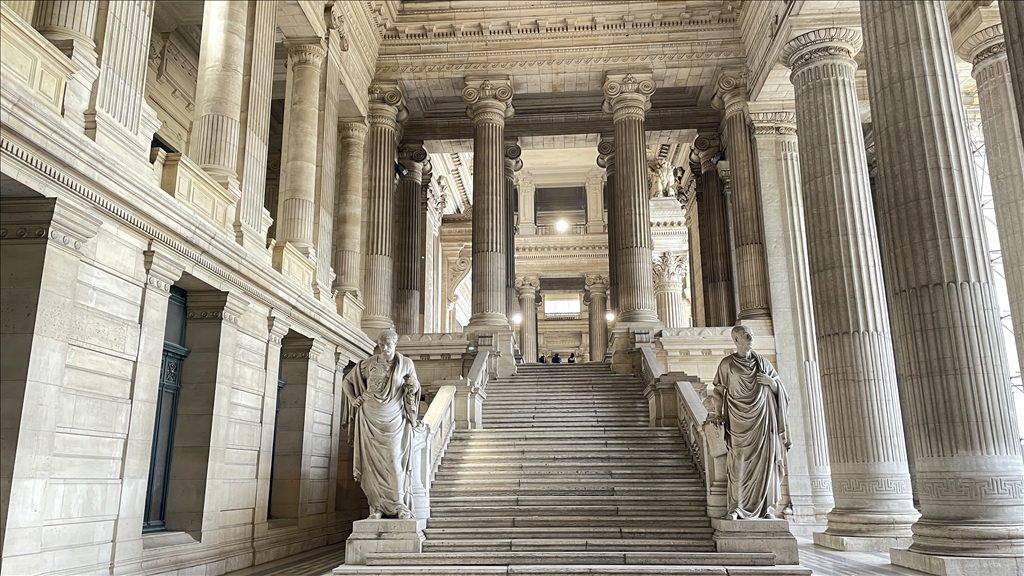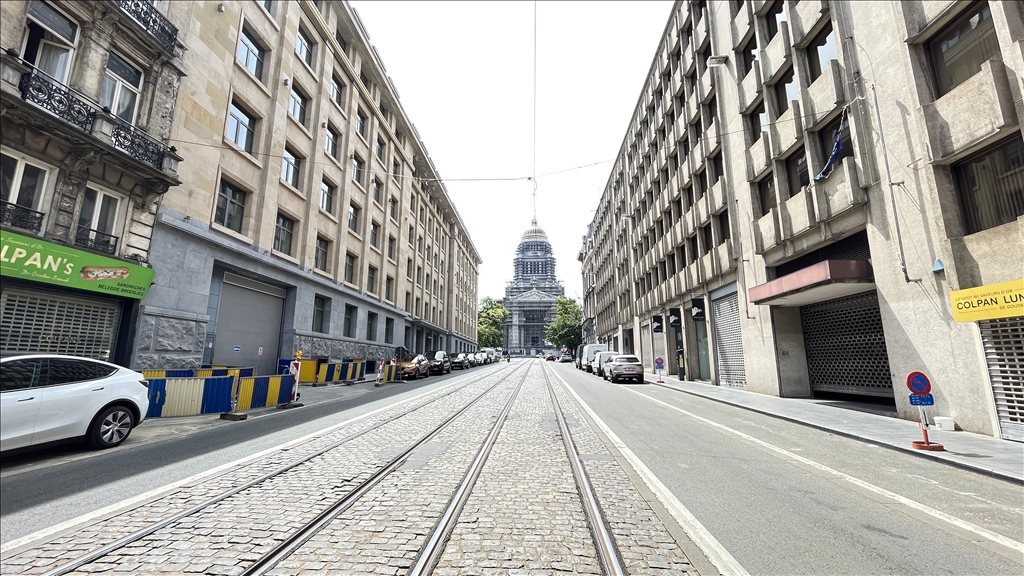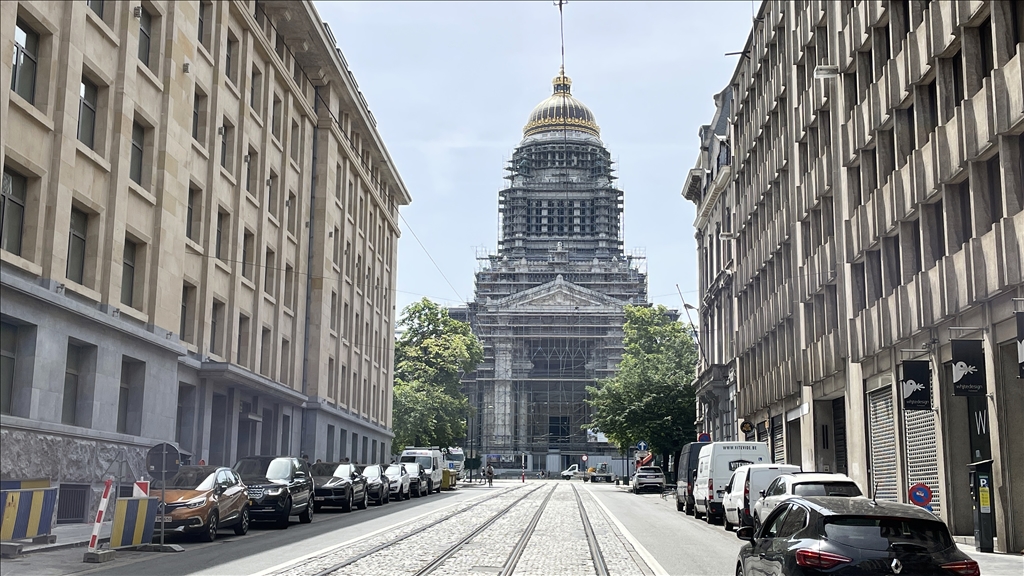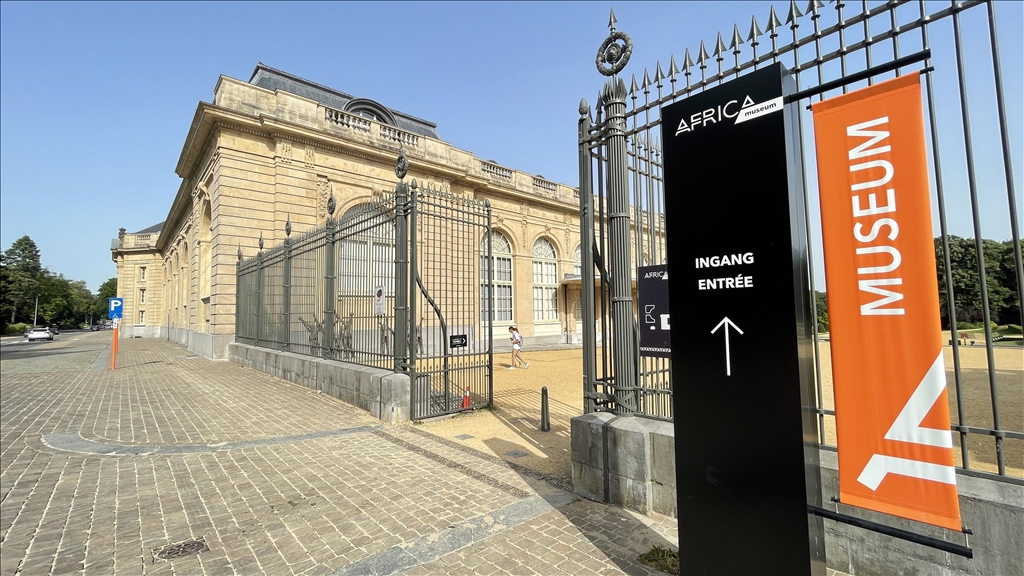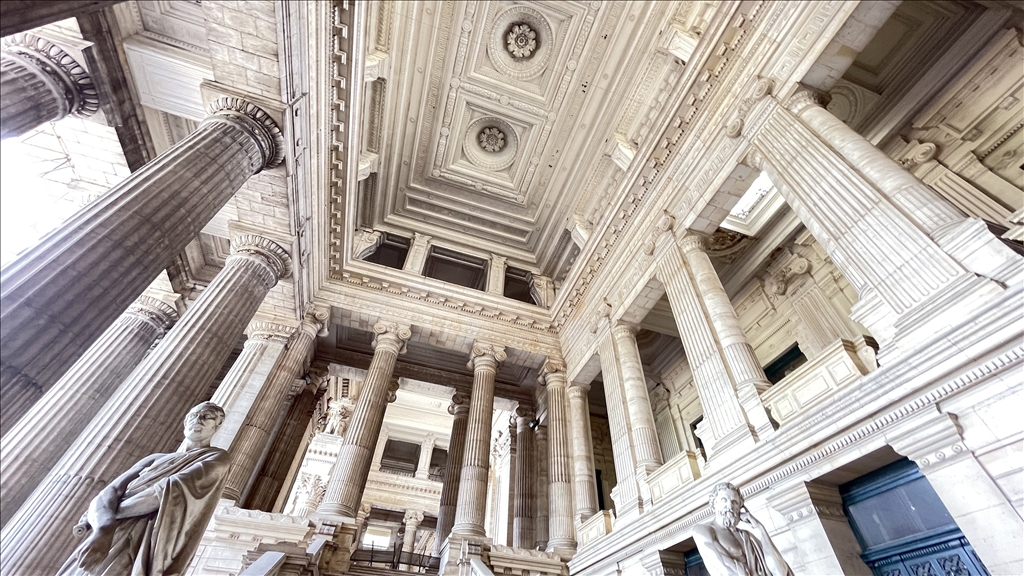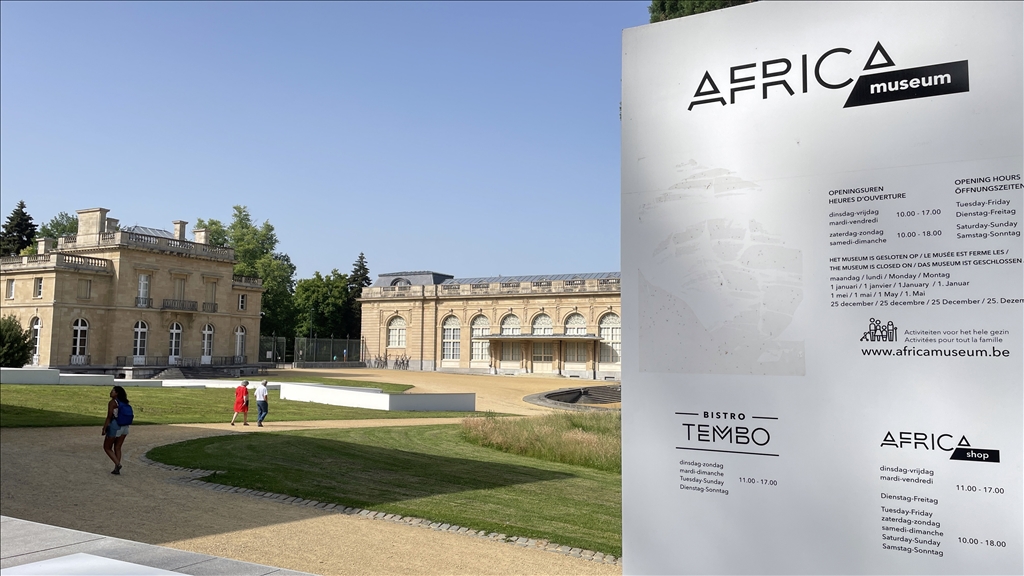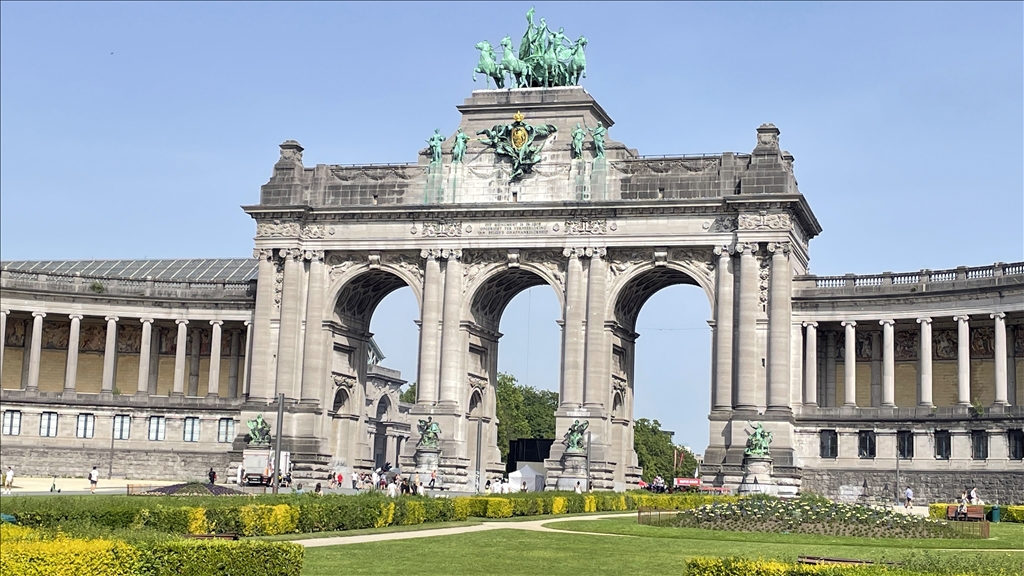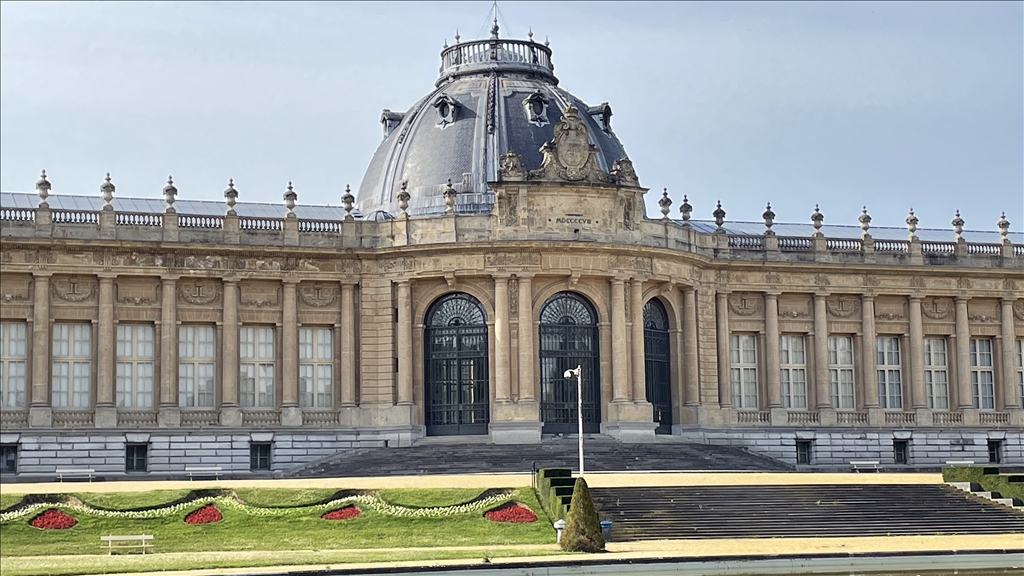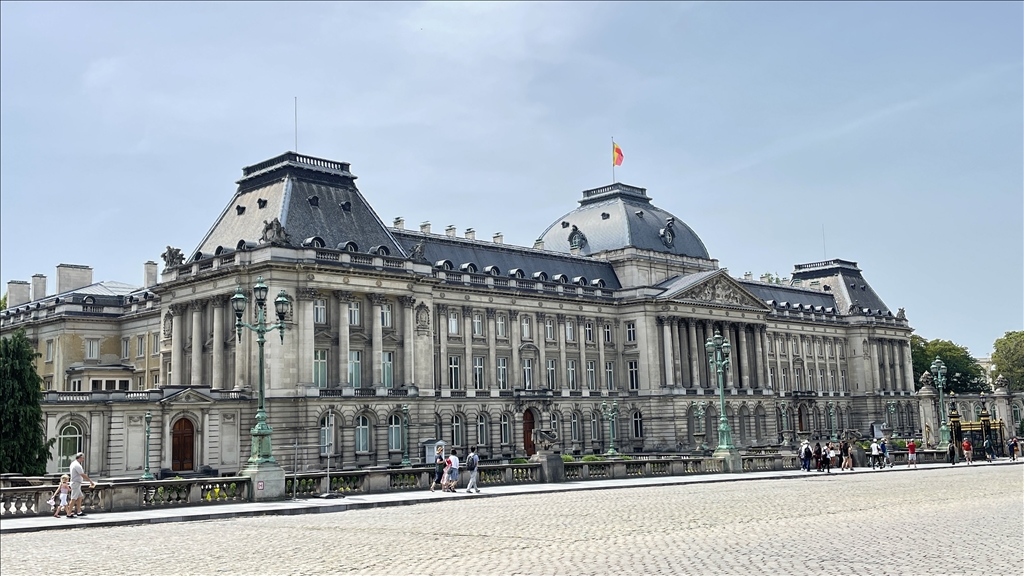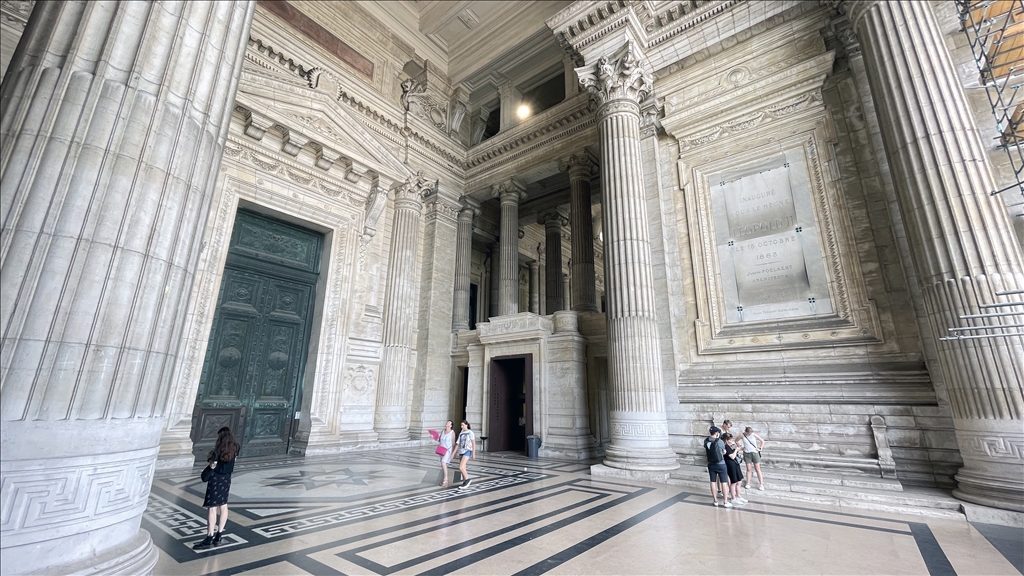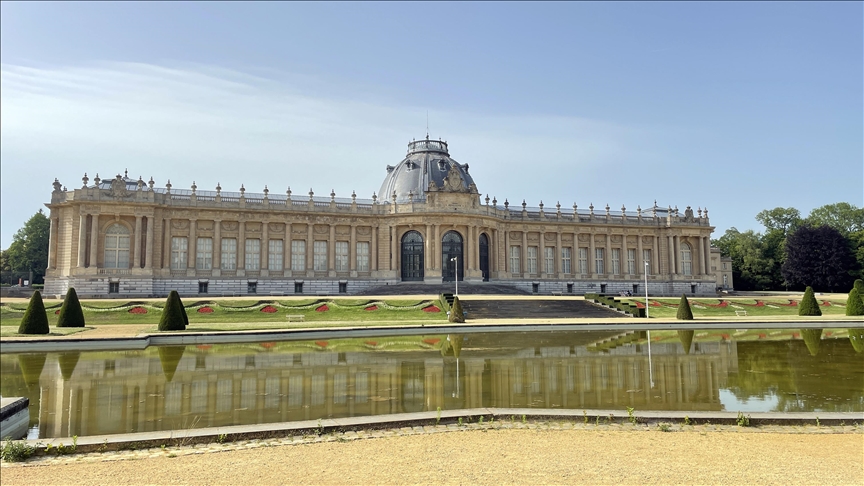 A view of Royal Museum for Central Africa in Tervuren, near Brussels, Belgium on June 18, 2022. Traces of the wealth Belgium acquired during the colonial period in Africa in the 19th century are still visible in many parts of the country, especially in the capital Brussels. ( Dursun Aydemir - Anadolu Agency )
A view of Royal Museum for Central Africa in Tervuren, near Brussels, Belgium on June 18, 2022. Traces of the wealth Belgium acquired during the colonial period in Africa in the 19th century are still visible in many parts of the country, especially in the capital Brussels. ( Dursun Aydemir - Anadolu Agency )
BRUSSELS
Belgium colonized the present-day Democratic Republic of Congo (DRC) during the reign of King Leopold II, who remained on the throne from 1865 to 1909 and declared himself the private owner of the territory three times larger than his homeland, calling it "Congo Free State" and enjoying the recognition of heavyweight Western countries.
The Belgian king never set foot in the colony, where scores of Africans were subject to years of oppression through a forceful and deadly labor campaign. Millions were killed during colonial period, while many others starved and suffered seriously disease.
Some Africans, who defied the forced labor campaign of the Belgian monarch, had their hands brutally amputated as punishment.
While the count of Africans killed in the Belgian colonies is not known certain, estimates suggest that it is between 1 million and 10 million. Belgium exploited the riches of the Congo during its colonization, especially rubber.
Rubber was only one of the resources for which the Congo was exploited, as many other valuable goods such as copper and timber used in steam engines, as well as oil-rich plants and ivory were also taken to Europe.
In a bid to prove himself a good king to his subjects, Leopold II used some of the riches he extracted from the Congo in building landmarks in Belgium, many of which are still standing, though some people argue that they represent the ghost of Leopold II still lingering in Belgium.
Palace of Justice
One of the most well-known of these landmarks is the Palace of Justice (Palais de Justice), arguably one of the most expansive man-made structures when it was completed 17 years after construction began in 1866.
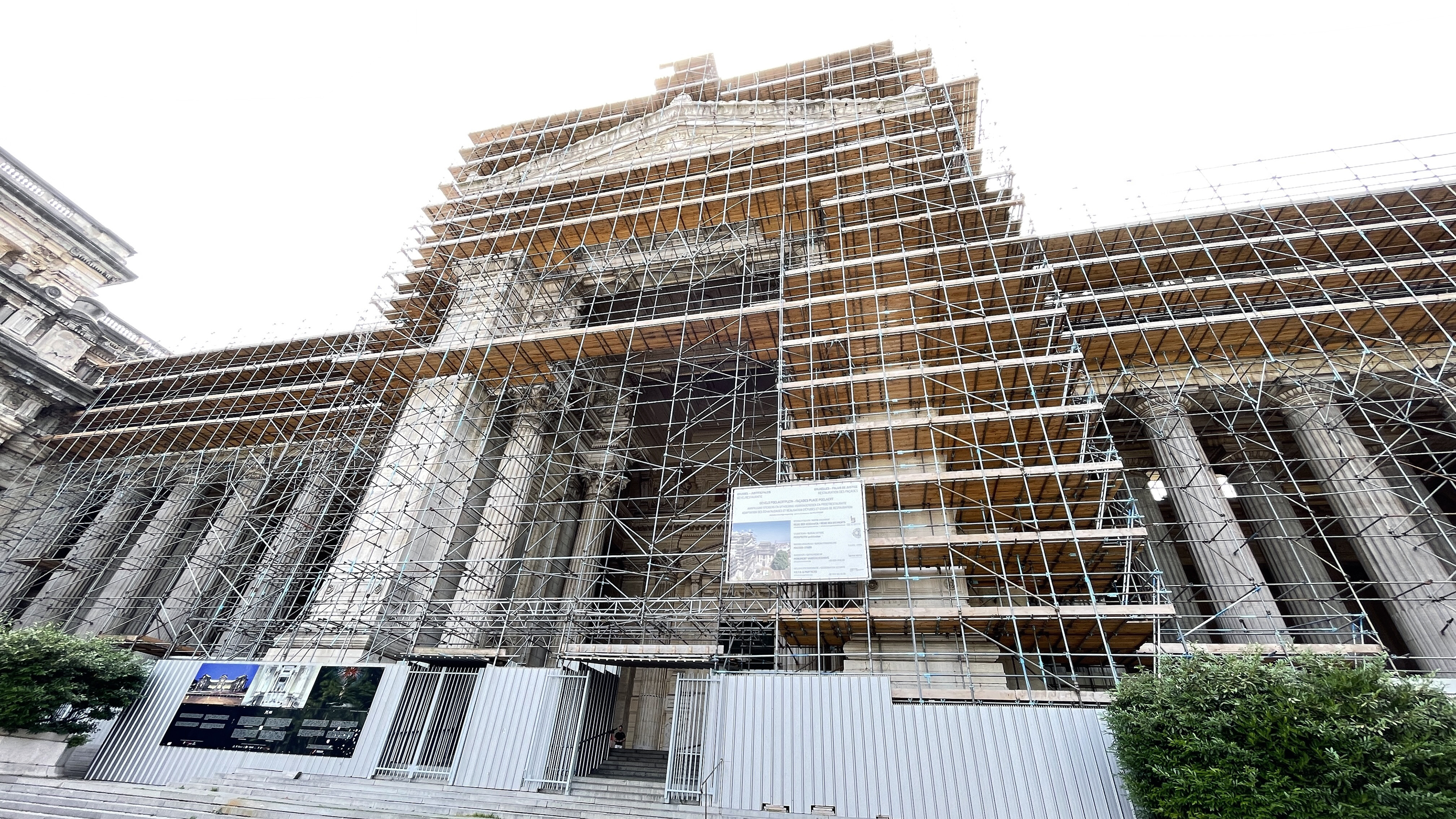
Situated on giant pillars and accommodating many works of art within its walls, the building is known as world's largest courthouse and covers an area of 40,000 square meters (over 430,000 square feet).
Cinquantenaire park
Located in central Brussels, the Cinquantenaire park contains one of Brussels' primary symbols, the triumphal arch, along with museums of the armed forces, military history, and royal art and history.

The 30-hectare Parc du Cinquantenaire, which translates from French into Park of the 50th Anniversary, accommodates many sports and cultural activities and is often compared to Central Park of New York. Notably, the park houses city's oldest mosque, which opened in 1978.
Museums 'exhibiting' Africans
Leopold II had the Palace of Colonies built in the town of Tervuren near Brussels, it then was renamed the African Palace and is now as a museum.

Likened to the Palace of Versailles in France, the building was expanded through the years and the large park and road leading up to the building and tramway are all the work of Leopold II.
He had commissioned the building to host the Brussels International Exposition held in 1897. The colonial section of the expo was held in the building where artwork, cultural assets, and riches brought from the Congo were put on display.
A total of 267 Africans brought from the Congo were "exhibited" in three villages in the area which Belgians would visit to observe them behind a wire fence.
Leopold's primary motivation was to use the project as a propaganda tool and make colonization appealing for investors, while also seeking to build public opinion in Belgium to demonstrate his virtues as a leader.
Today, tens of thousands of artifacts transferred from the Congo are still present in the facility. The government of Belgium, for its part, has launched a program for their return to the DRC.
Belgium confronts colonial past
Many of Leopold's statues and busts are still on display in various parts of Belgium. However, some of them were removed 111 years after his death due to anti-racism demonstrations in 2020.
During the protests, some demonstrators damaged artwork dedicated to the former Belgian king. Their stance against the country's colonial past prompted the government and current King Philippe to take action.
Philippe said he "deeply regretted" the pain and suffering his country caused in the DRC, becoming the first Belgian king to make such remarks. He personally went to the DRC in June, for his first visit to the country since ascending to the throne.
* Writing by Ali Murat Alhas
Anadolu Agency website contains only a portion of the news stories offered to subscribers in the AA News Broadcasting System (HAS), and in summarized form. Please contact us for subscription options.

